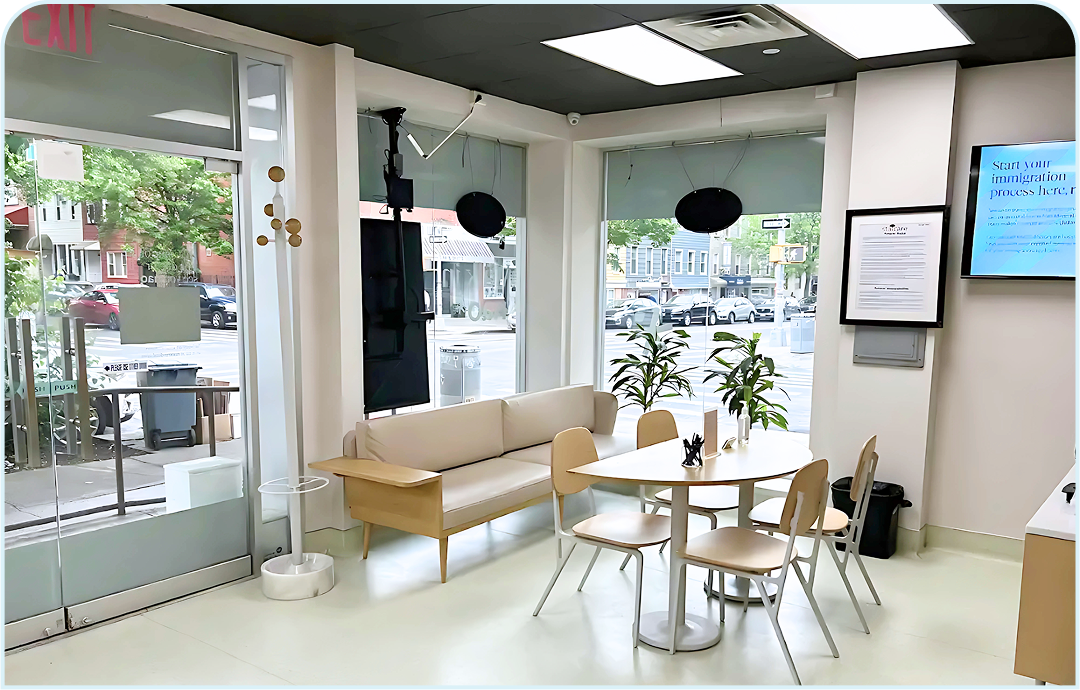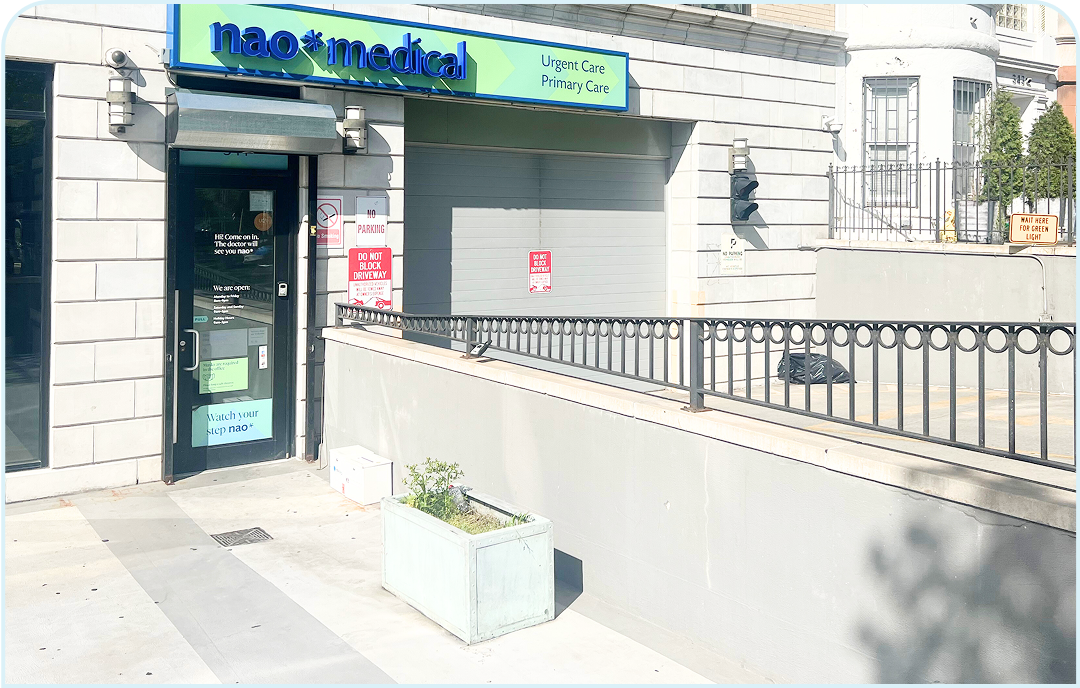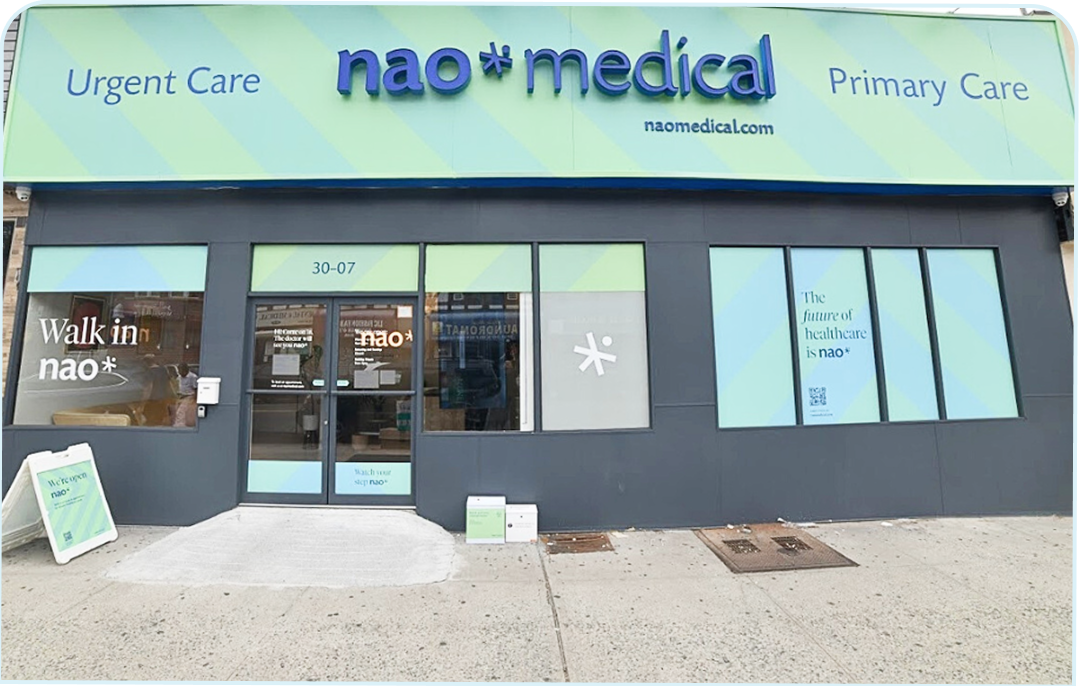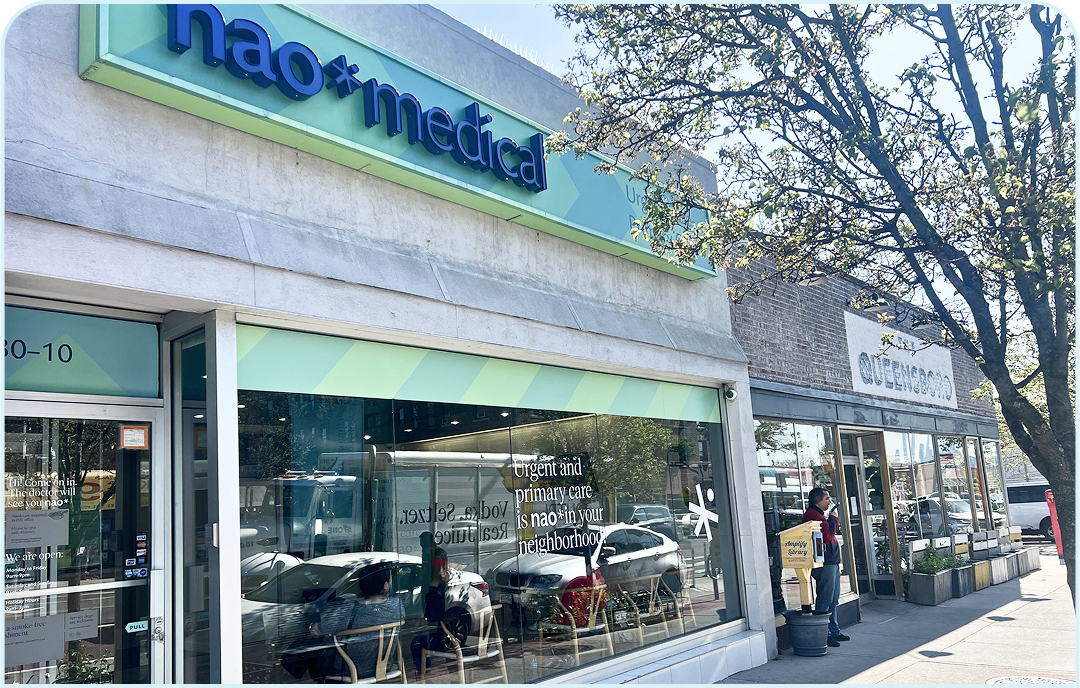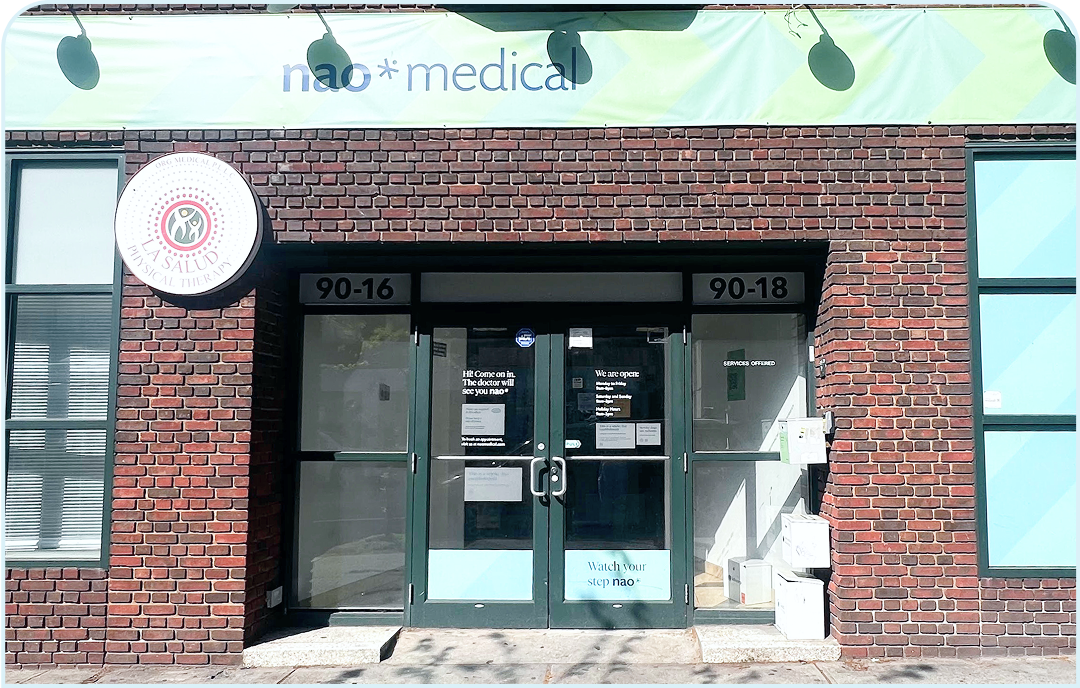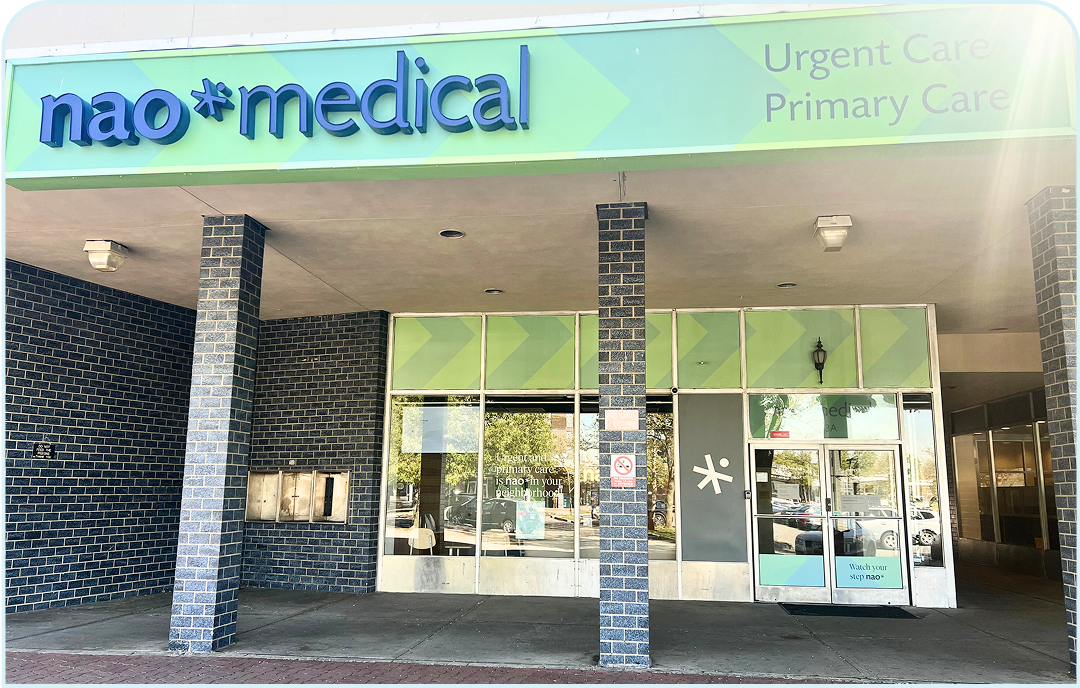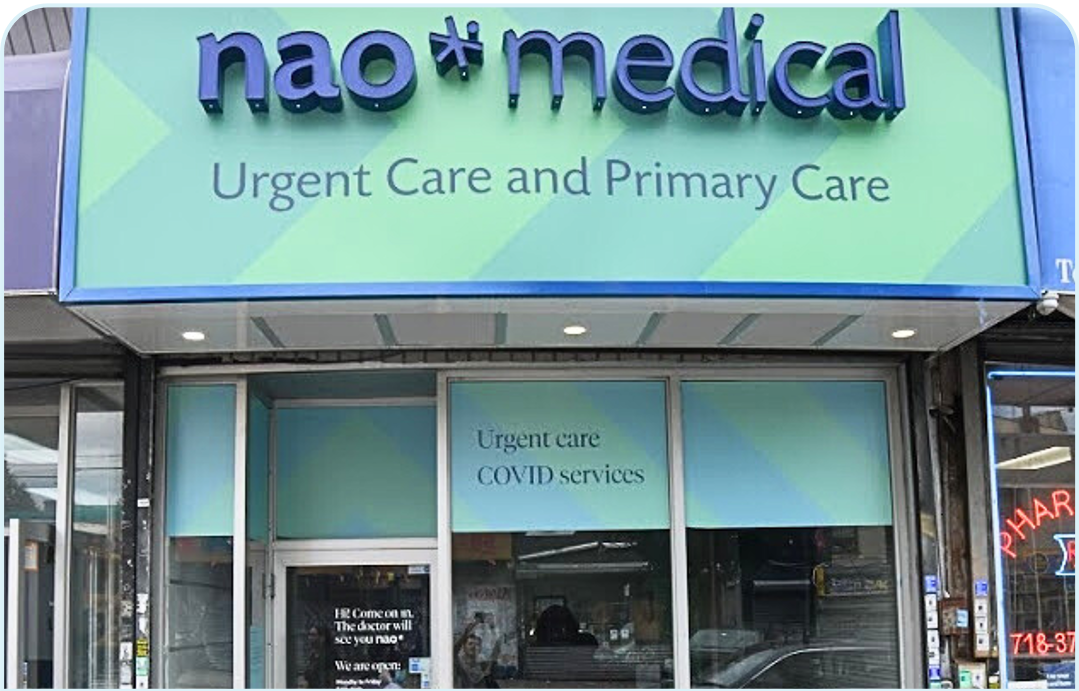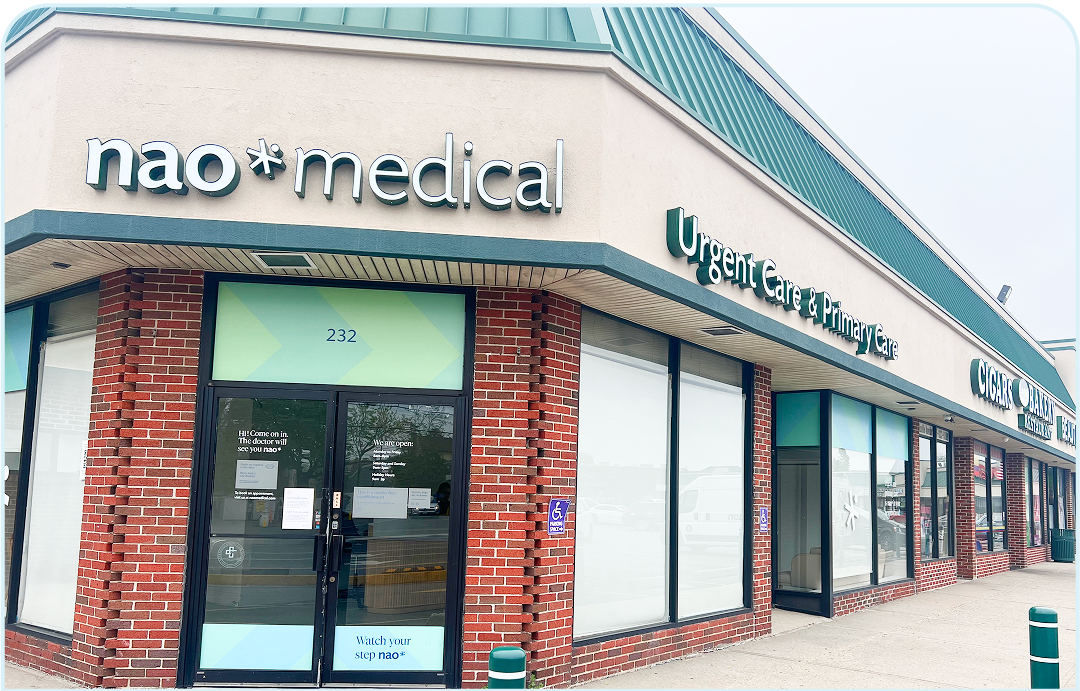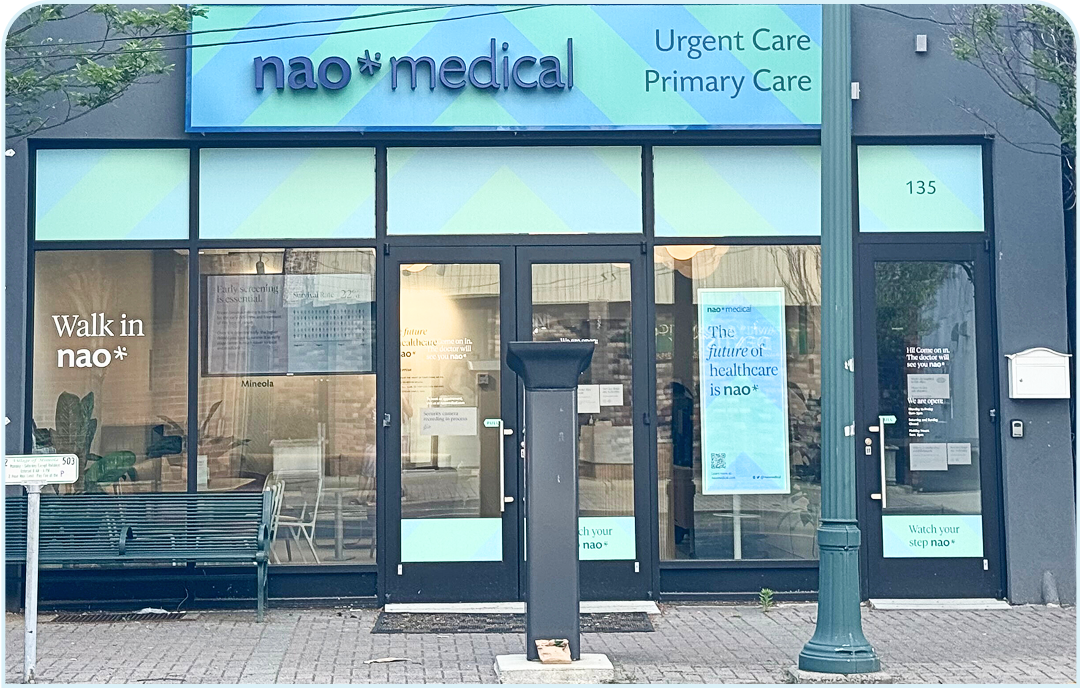Deep Vein Thrombosis (DVT) is a life-threatening condition. Knowing the symptoms, causes, and treatments available can help prevent serious complications.
DVT occurs when a blood clot forms in a deep vein, typically in the legs. Although it can develop without any noticeable symptoms, it can lead to serious complications, such as pulmonary embolism and stroke.
According to the Centers for Disease Control and Prevention (CDC), it’s estimated that between 300,000 and 600,000 Americans develop DVT each year. Between 60,000 and 100,000 of those pass away each year as a result of this medical condition.
Symptoms of DVT
DVT symptoms may vary from person to person, and some people may not experience any at all. However, common symptoms can include:
- Swelling in the affected leg, usually in one leg and not the other
- Pain or tenderness in the affected leg, which may feel like a cramp or soreness
- Warmth or redness in the affected leg
- Skin that feels tight or stretched over the affected area
- Discoloration of the skin, such as blue or purple hue
In some cases, DVT can also cause symptoms such as fever, sweating, or a general feeling of illness.
Causes of DVT
There are many factors that can contribute to the development of deep vein thrombosis. Some of the most common causes and risk factors include:
Immobility
When you sit or lie down for a long time without moving, blood flow in your legs slows down, increasing the risk of blood clots. This is particularly common during long-distance travel, when you may be sitting in a cramped space for many hours at a time.
Injury or surgery
When a vein is injured or damaged during surgery or from an external injury, it can cause blood flow to slow down, increasing the risk of blood clots. The surgery itself can also increase the risk of DVT due to factors, such as immobility and inflammation.
For this reason, doctors often take steps to prevent DVT in patients undergoing surgery or recovering from an injury. This may include prescribing blood thinners, using compression stockings, and encouraging early mobilization and physical activity after surgery or injury.
Hormonal changes
Women are at higher risk of DVT than men, and one of the reasons for this is the effect of hormones on blood clotting. Estrogen, which is present in higher levels in women than men, can increase the risk of blood clots by promoting the production of clotting factors in the blood.
Hormonal changes related to pregnancy and the use of hormonal birth control can also increase the risk of DVT. During pregnancy, the body produces more hormones that promote blood clotting, and the growing uterus can put pressure on the veins in the legs, increasing the risk of blood clots.
Birth control pills, patches, and vaginal rings also contain synthetic forms of estrogen and/or progesterone, which can increase the risk of blood clots.
Genetics
There are several inherited conditions that can increase the risk of DVT, including Factor V Leiden, prothrombin gene mutation, and protein C and S deficiencies.
- Factor V Leiden is the most common genetic risk factor for DVT. It occurs when there’s a mutation in the Factor V gene, which is involved in the clotting process. This mutation causes an increase in the production of Factor V, making it more difficult for blood clots to break down and increasing the risk of DVT.
- Prothrombin gene mutation is another genetic condition that can increase the risk of DVT. It occurs when there’s a mutation in the prothrombin gene, which produces a protein involved in blood clotting. This mutation can cause an increase in the production of prothrombin, increasing the risk of blood clots.
- Protein C and S deficiencies are inherited conditions that affect proteins involved in the breakdown of blood clots. People with these deficiencies have a reduced ability to break down blood clots, increasing the risk of DVT.
Medical conditions
There are several medical conditions that can increase the risk of deep vein thrombosis (DVT). Some of these conditions include:
- Cancer
- Heart failure
- Inflammatory bowel disease (IBD)
- Kidney disease
- Obesity
- Varicose veins
- Infections, such as pneumonia or sepsis
- Hormonal imbalances caused by thyroid disorders or diabetes
Age
As we age, the risk of DVT increases due to changes in our veins and blood vessels. The veins in our legs may become less elastic and less able to contract, which can cause blood to pool in the legs and increase the risk of DVT. Changes in blood composition, such as increased levels of clotting factors, can also occur as we age.
Obesity
Too much weight can cause changes in blood flow by putting pressure on the veins in the legs and pelvis, which can slow down the circulation of blood and cause it to pool in the veins. This can increase the risk of blood clots forming in the legs, which can then travel to the lungs and cause a potentially life-threatening condition called pulmonary embolism.
Smoking
This habit can cause damage to the lining of the blood vessels, which can lead to inflammation and changes in blood flow that increase the risk of blood clots. Smoking can also increase the levels of clotting factors in the blood and cause blood vessels to constrict, which can further increase the risk of DVT.
It’s important to note that many cases of DVT have multiple contributing factors, and not everyone who has one or more of these risk factors will develop the condition.
Deep vein thrombosis treatment
The treatment of deep vein thrombosis typically involves a combination of medications and lifestyle changes. The goal of treatment is to prevent the blood clot from getting larger, to prevent new blood clots from forming, and to reduce the risk of complications.
Anticoagulant medications
These medications, also called blood thinners, can help prevent the blood clot from getting larger and reduce the risk of forming new blood clots. Common anticoagulant medications include heparin, warfarin, and direct oral anticoagulants (DOACs).
Thrombolytic therapy
In some cases, doctors may use medications called thrombolytics to dissolve the blood clot. This treatment is typically reserved for severe cases of DVT where there’s a risk of pulmonary embolism.
Compression stockings
These special stockings can help improve blood flow in the legs and reduce swelling. They’re typically worn during the day and removed at night.
IVC filters
In some cases, doctors may insert a small filter into the inferior vena cava, the large vein that carries blood from the legs to the heart, to prevent blood clots from traveling to the lungs.
Lifestyle changes
Making lifestyle changes, such as quitting smoking, maintaining a healthy weight, staying active, and avoiding long periods of sitting or standing, can also help reduce the risk of DVT.
The specific treatment plan for DVT will depend on the individual’s situation and the severity of the blood clot. It’s important to work closely with your doctor to determine the best course of treatment for you.
Conclusion
March is deep vein thrombosis awareness month. It’s essential to raise awareness about DVT and its potential complications, so you can help prevent it and ensure that those who do develop it receive prompt medical attention. Together, we can work to reduce the incidence and impact of deep vein thrombosis.




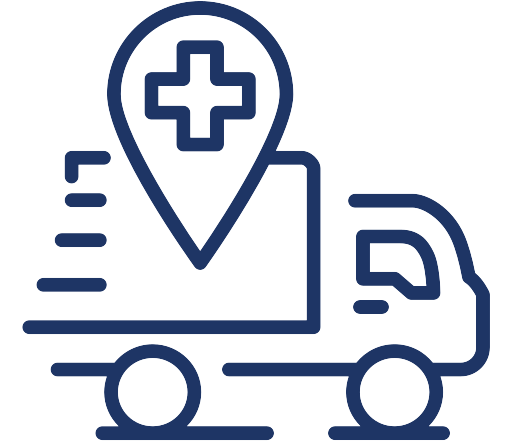
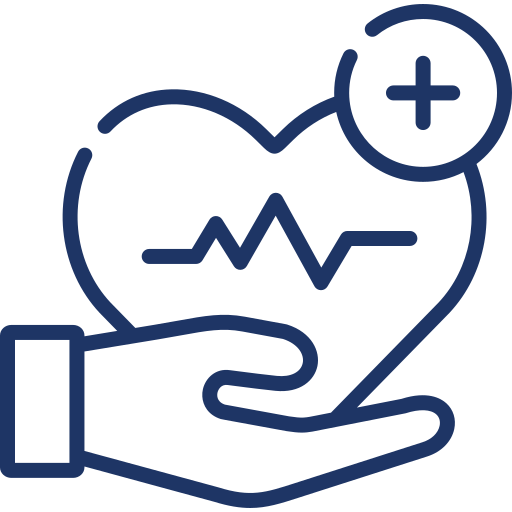

 (917) 310-3371
(917) 310-3371
